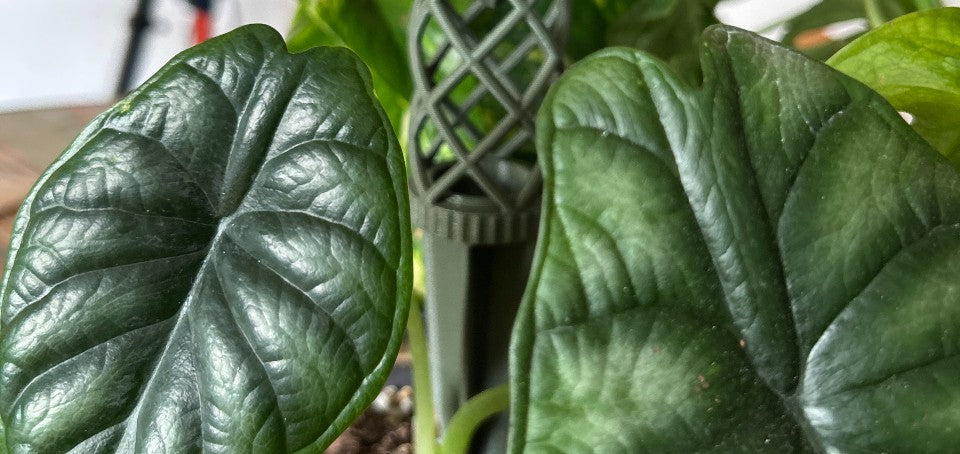
Quick plant care tips - beginner-friendly plant care
Share
New to being a plant parent, or just looking for some handy indoor gardening tips?
Here are some general guidelines for being a good plant parent, but keep in mind the following as well....

Plant care can be unpredictable
- You can't control everything in your environment, so don't feel disheartened if things do not quite go to plan! It's a journey after all.
- Sometimes plants die and don't thrive for reasons that are outside your control. With time, you will find the plants that seem to consistently prosper under your care.
- Each plant has their own unique set of characteristics and features, so if you are into plants in a big way, and want to invest in rare and specialist plants, always find an individual care guide.

General good plant care tips
Caring for indoor plants involves several key factors, including proper watering, lighting, soil, and pest management. Here are some general tips indoor plant care:
- Watering: Overwatering is a common mistake people make when caring for indoor plants. Make sure to let the soil dry out partially before watering again. Also, make sure to use a well-draining pot and avoid letting the plant sit in standing water. (Our pots have a drainage system and an integrated moss pole for this very reason!). Root rot is caused by overwatering. Plants need to breathe, they do not generally like soggy, waterlogged soil!
- Lighting: Different plants have different lighting requirements. Research the specific lighting needs of your plant and place it in a location that receives the appropriate amount of light. Generally, plants need bright, indirect sunlight to thrive.
- Soil: The soil should be rich and well-draining. If the soil becomes compacted, it can be aerated by gently loosening it with a fork or other tool. Also, make sure to use a pot with drainage holes.
- Pest management: Keep an eye out for pests like spider mites, mealybugs, and scale. If you notice an infestation, isolate the plant and treat it with a pesticide or natural remedy. Best way to find pests? Look really, really closely. You might also notice some leaf damage, or notice that the plant seems to be struggling. (We like to quarantine new plants when we buy them to avoid the risk of any potential pests or infections passing on to existing plants).

- Fertiliser: Indoor plants generally require less fertiliser than outdoor plants. Use a balanced, water-soluble fertiliser once a month during the growing season, and reduce fertilisation during the winter months. We like to use natural and eco fertilisers as much as we can.
- Pruning: Regular pruning will help your indoor plant stay healthy and promote growth. Remove any dead or damaged leaves, as well as any new growth that appears weak or spindly. It might seem counterintuitive to cut away leaves to encourage growth, but a bit like human hair, it does work!
By following these tips, you can help ensure your indoor plants thrive and add beauty to your home. Looking to take things a step further? Why not invest in a moss pole to encourage even more growth?



